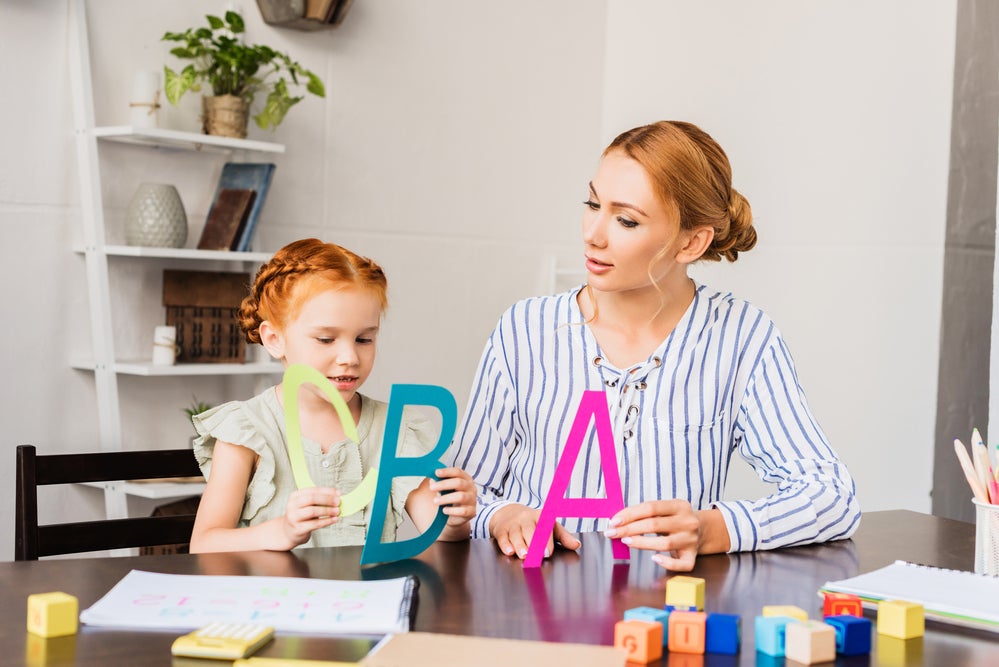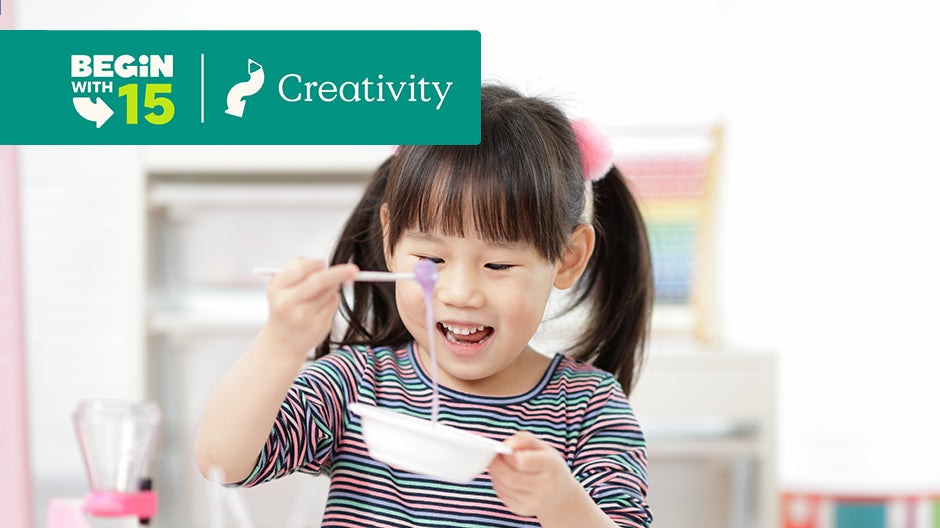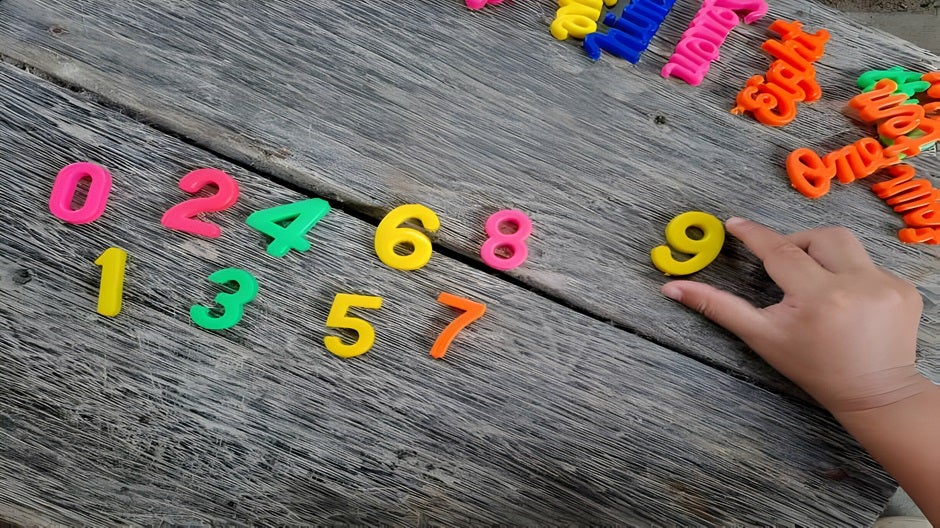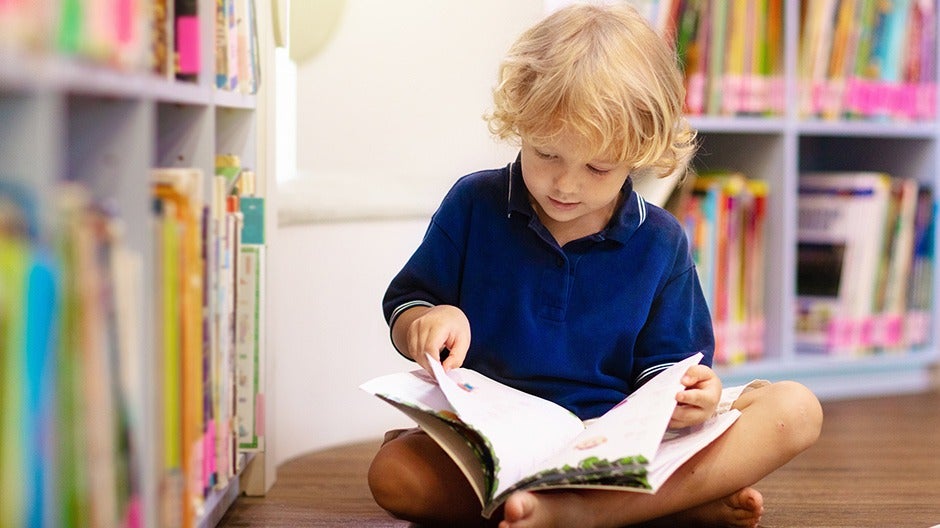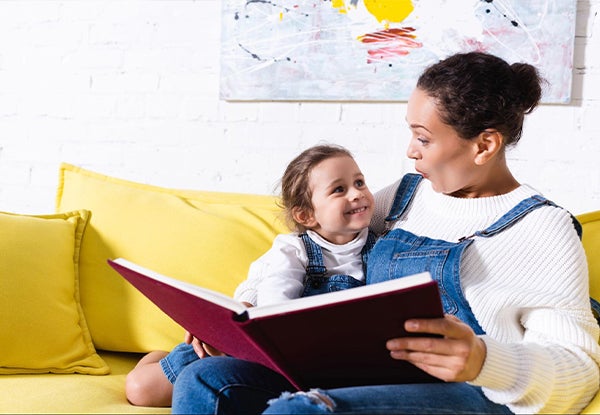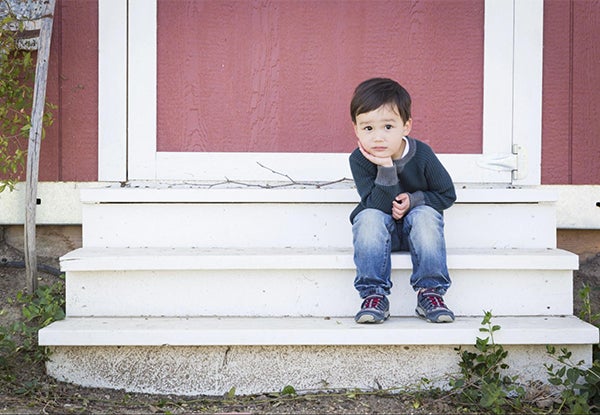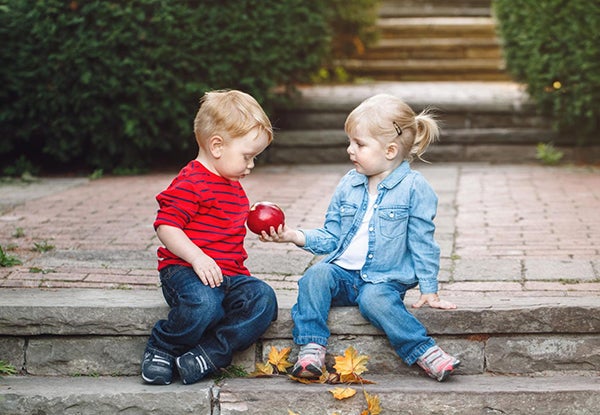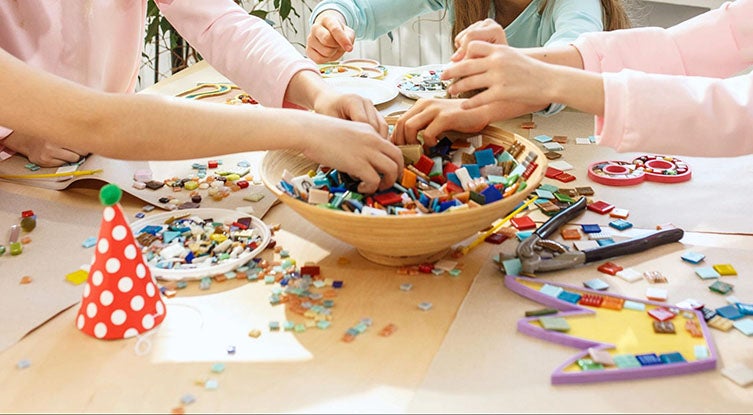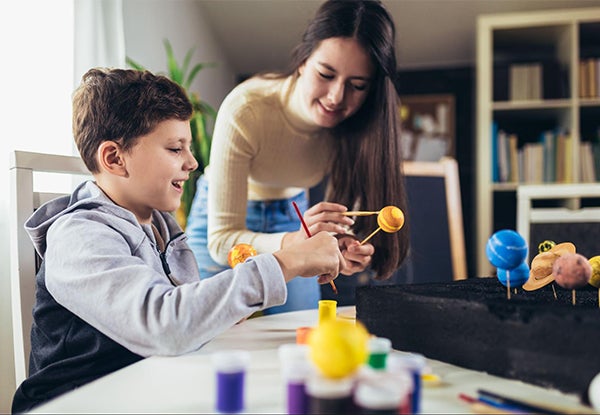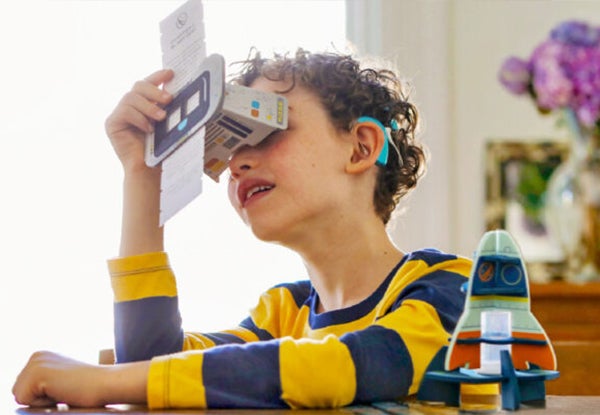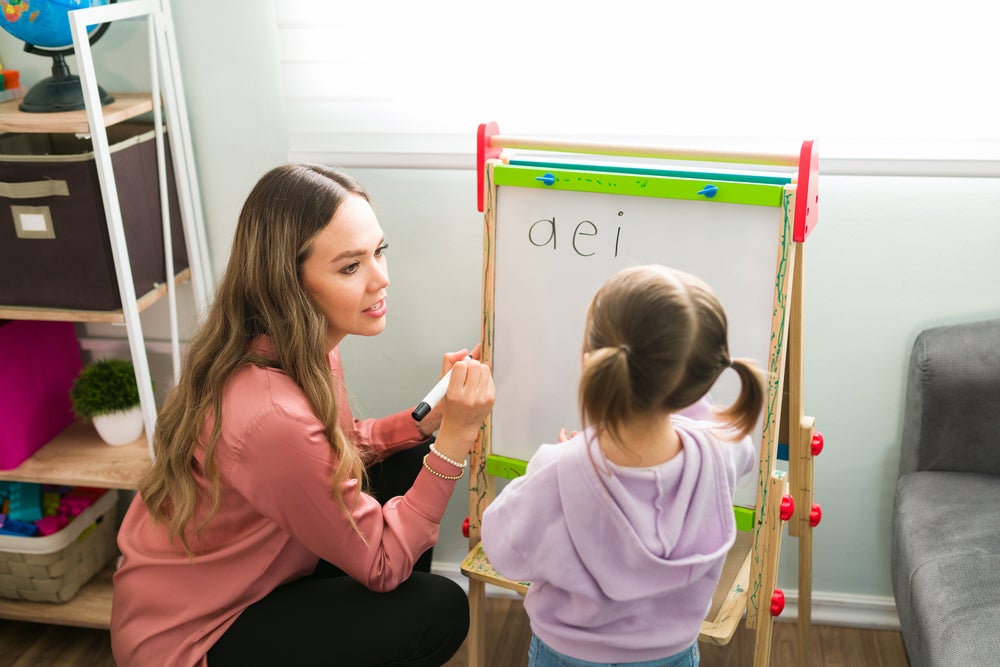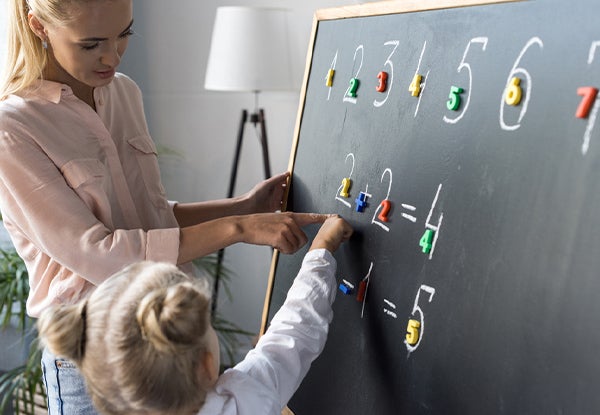Letter sounds are one of the very first things your child will encounter when they begin to explore reading. Reading is a Core Skill, one of the 5 C’s at the heart of the Begin Approach to helping kids thrive in school and life. When kids “crack the code” of reading, they become able to explore other subjects on their own — the world is at their feet!
Wondering how to teach letter sounds to kids? We’ve got you covered. Here are five fun and effective activities for working on letter sounds with your child.
The Short Cut
- Learning letter sounds prepares children for reading, a Core Skill and one of the 5 C’s that help kids thrive in school and life
- Parents can help kids learn faster through repetition, linking sounds to things a child loves, and making a game out of learning letter sounds
- Matching a sound to a written letter is hard work! Try introducing one letter at a time (and keep it fun!)
By recognizing the phonetic sounds that alphabetic letters make, your child will take their first big step toward associating words with their individual sounds, an essential tool for sounding out words (when the time is right).
No matter where your child is on their reading journey, working with them on their letter sounds is a great way to help strengthen their fundamental skills.
5 Fun and Easy Ways to Teach Letter Sounds
1. Touch and Feel Letters
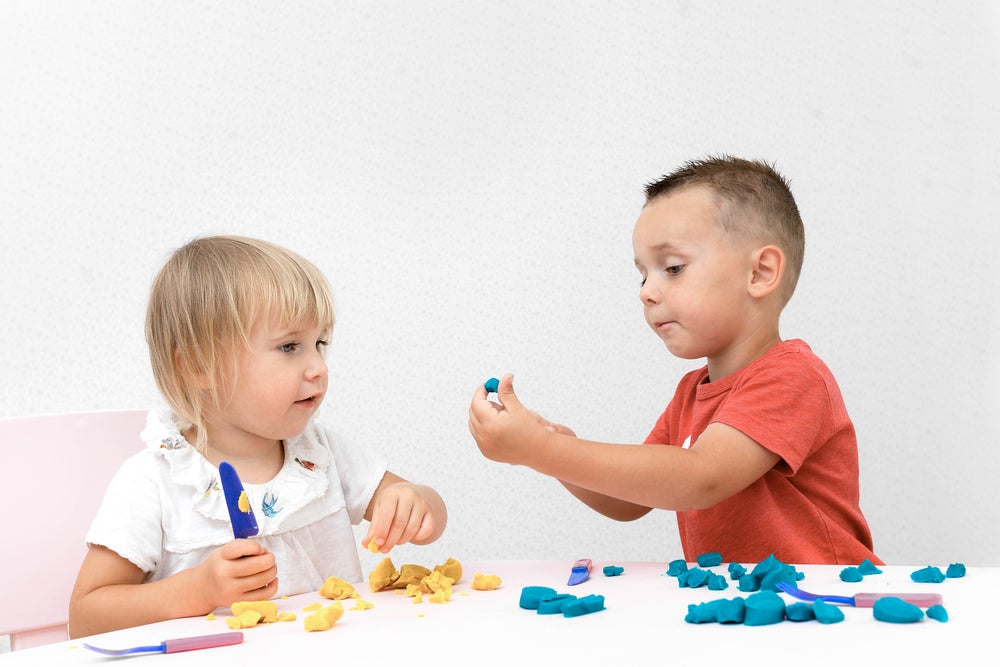
Humans are tactile creatures, and we depend on touch to tell us a lot about the world around us. This is especially true of kids when they’re learning!
Although most traditional reading curriculums focus on auditory and visual cues for letters and their sounds, touch can be helpful, too. We have five senses, after all, so we might as well take advantage of them!
As opposed to relying solely on how a letter looks when it’s written (and flat), adding in a physical sensory element can help your child build a stronger connection to the letter sound they’re trying to learn.
Doing this engages an extra part of their brain while they learn. Not only will they know what the letter looks and sounds like but also what it “feels” like. Associating the “feel” of a letter with its pronunciation may help them gain a better understanding of letter sounds more quickly.
There are plenty of options for exploring reading through your child’s sense of touch. The best part? Your child will get to do one of their favorite things — make a mess! Letting them get messy with letters provides a great incentive to learn.
If you’d like to try this tactile learning style, you can get started by grabbing a few blank pieces of paper. Using a thick, dark marker, write out the letters you want your child to work on.
Then, you can simply grab whatever you have around the house that is malleable enough to form into letters. Play dough or kinetic sand are both great options.
We recommend saying the associated letter sound as your child looks at and forms the written letter with the play dough or kinetic sand. You can also encourage them to shape their material over the outlined letter on the page if they need some extra guidance.
Feel free to also brainstorm words with them that share the letter sound they’re practicing. This could help them make even more connections to the letter and its sound!
If you don’t mind a little extra clean up, shaving cream can also be a great option. Simply spread out the shaving cream on a flat surface. Trace the letter for them in the shaving cream, then ask them to do the same while you repeat the letter sound.
2. Connect Letter Sounds to Familiar Symbols
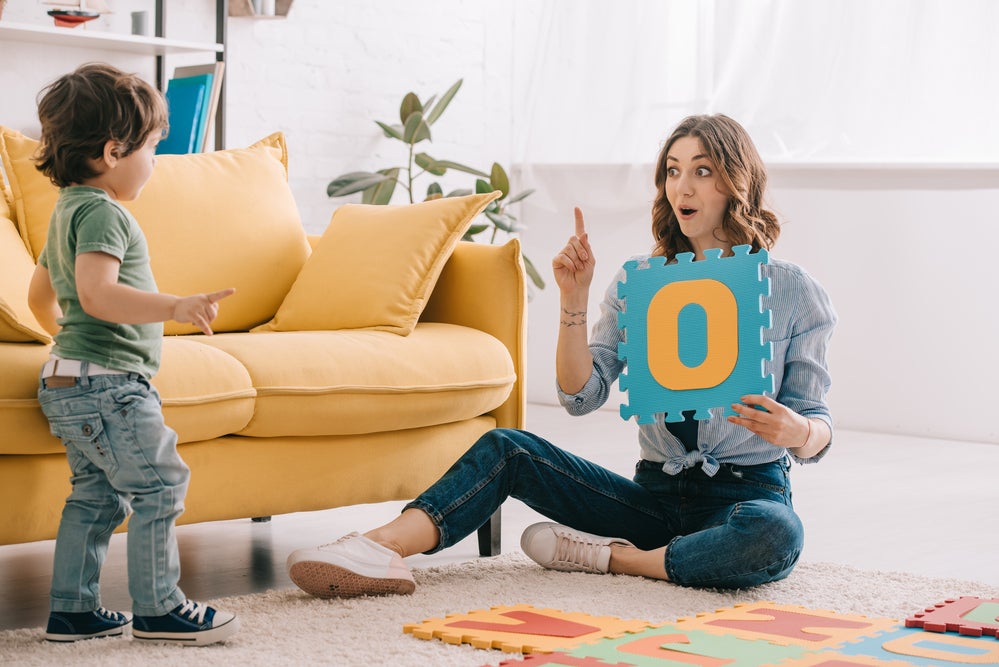
Letters and their sounds might be unfamiliar to your child. By making a connection between letter sounds and items or symbols your child is already familiar with, you can help bridge the gap between what they don’t know yet and what they do!
Utilizing things that your child already knows and loves may encourage them to get more engaged with learning their letter sounds. Familiar ideas will also make them feel more confident and comfortable while learning.
For example, if you want to start with the letter T, consider printing out pictures of things that start with T that your child loves, such as trucks and tigers. Let your child choose which pictures to use, then help them create their very own alphabet book with those images.
Working with your child to construct their personal letter-sound alphabet — a mixture of the specific picture you want them to learn to associate with a particular letter sound — is an easy and fun craft project that will pay off in the long run.
The more personalized you can make the learning process, the more fun your young learner will have!
Familiarity can also help your child beyond simply learning the letter sound: it helps build confidence! The more your child feels like they understand and know what they’re reading, the more likely they’ll be to develop an enthusiasm for learning.
3. Repeat, Repeat, Repeat
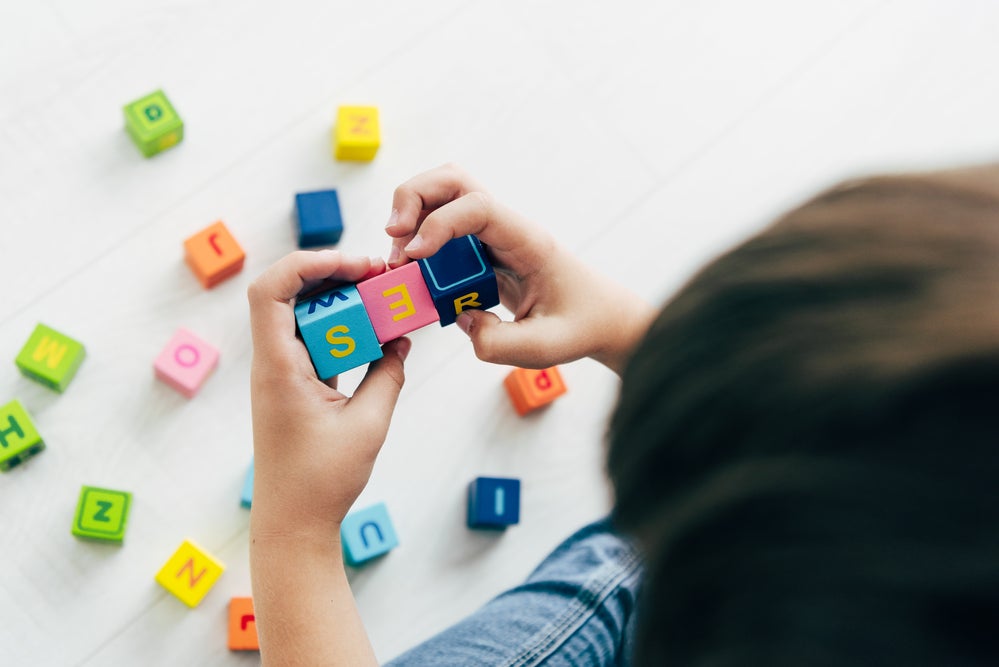
This technique focuses on repetition, which is great for getting your child familiar with their letter sounds. By consistently repeating the same letter sounds to them, you can help your child pick up on them more easily.
A great idea might be to focus on introducing your child to one letter sound at a time. You could make a “letter of the week” jar for your child. Place an empty jar on your counter labeled with the letter sound for the week.
Every time your child points out a word they’ve heard that starts with the letter sound of the week, they earn a “ticket” or “point” in the letter sound jar (you could also use stickers on a poster if you don’t have a jar handy).
Challenge your child to gain three or four points (or more!) during the day. You’ll want the jar to be somewhere your child sees often — maybe in the kitchen so you can prompt your learner to think of a word while you’re making dinner or washing dishes.
They don’t have to rely on only the things they hear or see in real life, especially when it comes to those trickier letter sounds (like X, Q, or Z). Consider using some of your daily reading time to flip through magazines or books and point out the letter sound whenever you come across it.
Emphasizing repetition this way really gives your child the chance to focus intently on a single letter and explore the primary sound it represents. Giving kids ample amounts of time, practice, and exposure to one sound at a time may help them with their learning longevity.
4. Digital Letters in the 21st Century
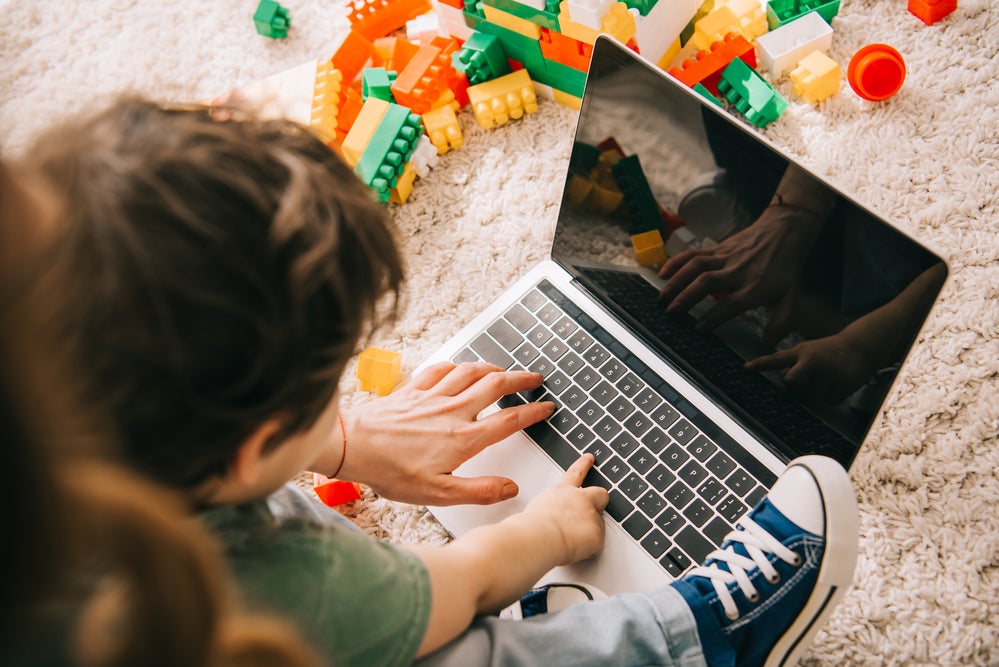
Technology is a huge factor in modern learning. Not only do children learn how to read and write text, but now they also have to learn how to use a keyboard at a very young age.
There are ways to incorporate digital media consumption mindfully into their letter-sound learning routines. For busy families especially, media can be a very useful educational tool.
Your child can also use a simple keyboard to engage their letter-sound skills. For this activity, you can call out the sound of a letter and ask your child to hit or point to the letter it matches on a keyboard.
This exercise is easy and versatile, as you can use any keyboard you have around — on your phone, your computer, or a device designed for kids. And your child will probably love pretending to be a grown-up just like you!
5. Bingo
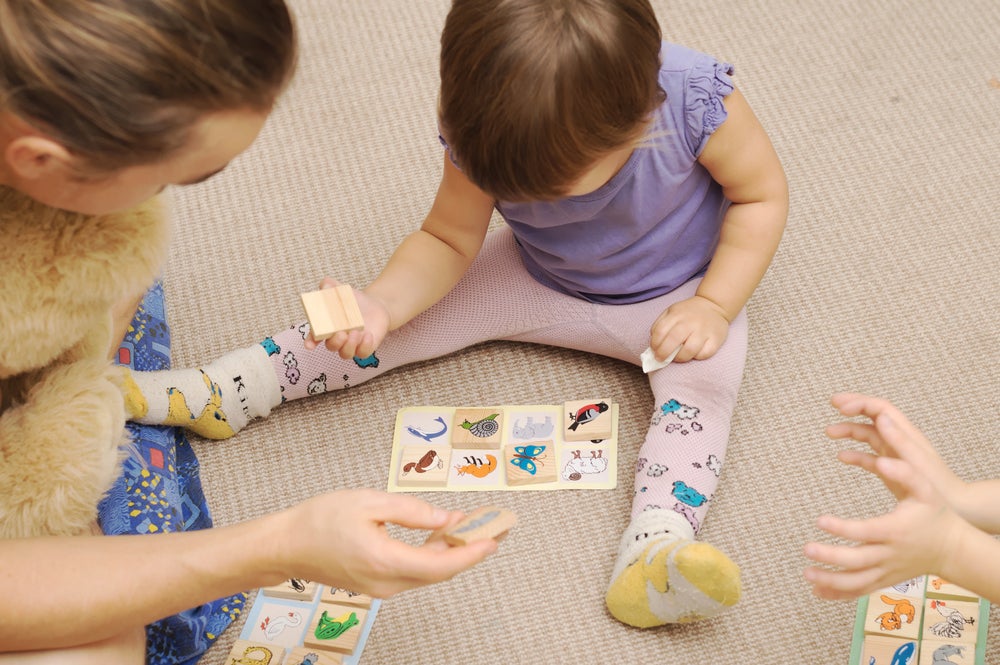
Classics are classics for a reason. And Bingo is a time-tested, kid-approved game!
If you’d like to take a shot at this activity, draw or print out a Bingo sheet that has pictures of things your child is familiar with (remember tip #2?). We recommend sticking to things they see daily, like apples (for the A letter sound), bikes (for the B letter sound), and so on.
To play, call out a letter sound and instruct your child to mark off the picture that begins with the same sound. If your child has siblings or neighborhood friends, consider inviting them to play along (it makes for a great virtual game, too).
The first to make it to bingo wins!
Making Letter Sounds Fun and Functional with Begin
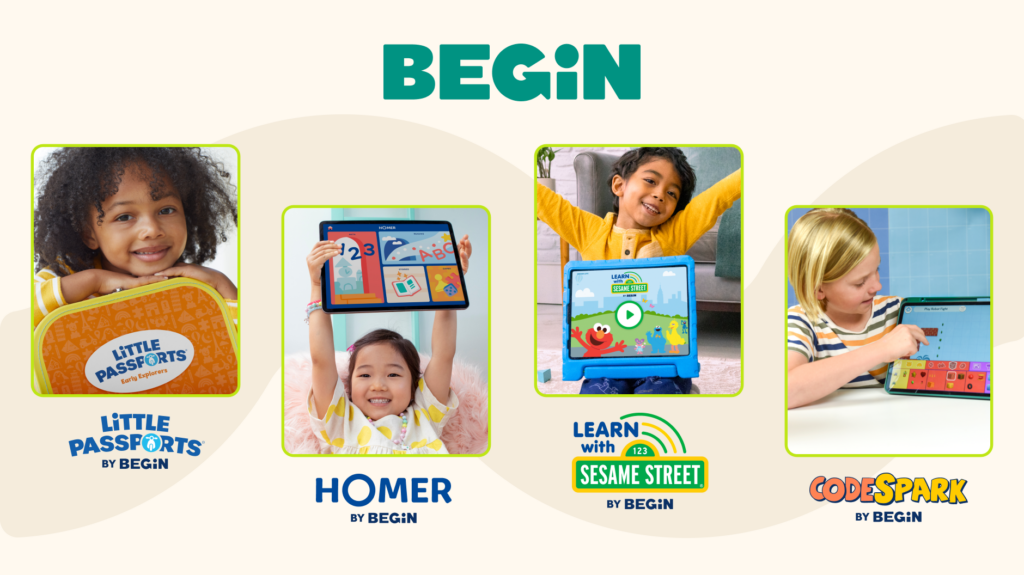
We hope these tips were helpful and gave you some creative ideas for getting your child engaged with letter sounds (while having a blast along the way!).
The journey to becoming confident, enthusiastic readers is different for every child. It may take some time to discover what learning strategies are the perfect fit for yours. That’s perfectly OK!
If you ever need a little extra help or want to switch up your child’s learning routine, check out our learning membership, which is matched to your child’s age and stage to teach them the skills that matter most—including letter sounds! Or you can try our HOMER app, which is full of engaging and effective exercises for emerging readers.
Take our online quiz to see how we can help your family today!
